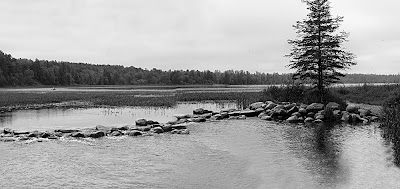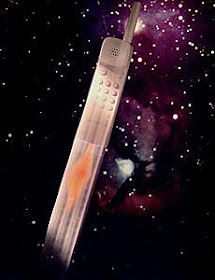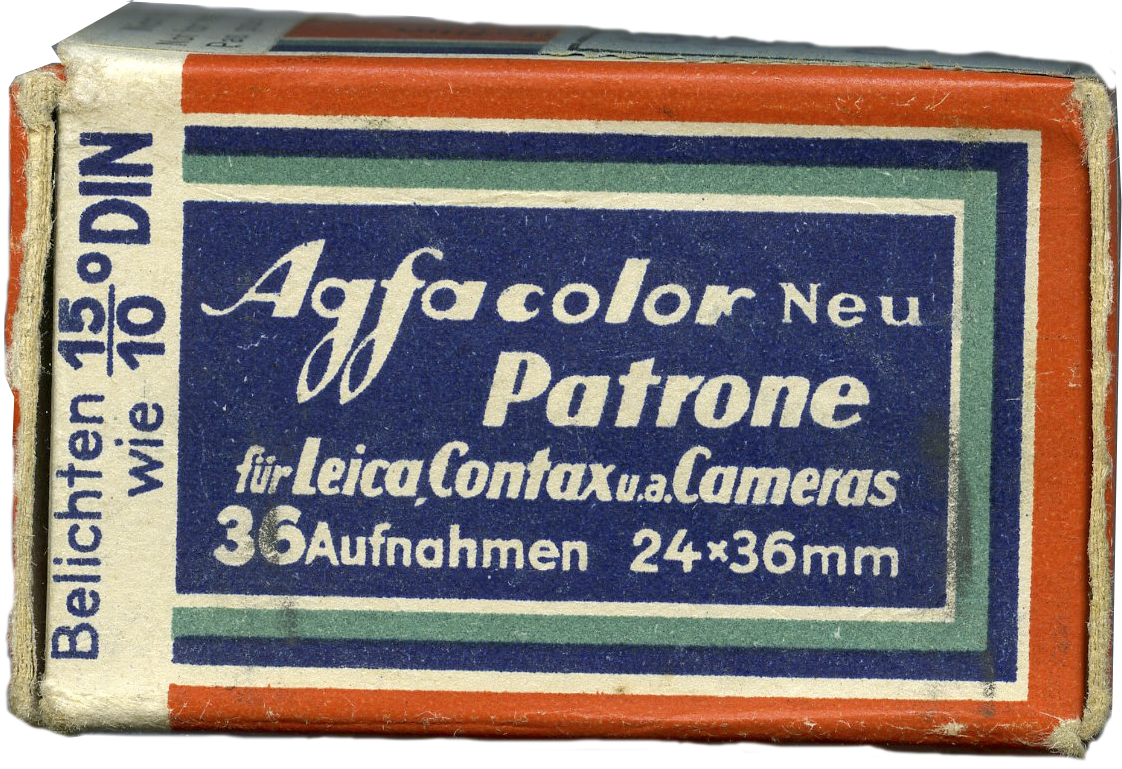Maximum image quality in black and white
In a press release, Leica
Camera AG made the following announcement:
Leica Camera AG, Wetzlar, is
taking the next step forward in its successful digital black-and-white
photography concept for the Leica M rangefinder camera system and presents the
new Leica M Monochrom (Type 246). With improved performance and features and a
newly developed black-and-white sensor, the camera by far exceeds the high
standards set by its predecessor. At the same time, it keeps its core
competence sharply in focus: black-and-white pictures with maximum quality in
all respects.
The new components of the
Leica M Monochrom (Typ 246) are a high-performance Leica Maestro image
processor as installed in the current Leica M and a buffer memory with a
capacity expanded to two gigabytes. This combination ensures higher speed and
makes the Leica M Monochrom even more versatile. For example, as the processor
enables extremely fast processing of the image data captured by the sensor,
sequences can now be shot much faster and assessed almost instantaneously in
review mode on the camera’s monitor. As a further benefit, the Leica Maestro
image processor also takes less than two seconds to deliver high-quality JPEG
files in addition to the RAW data files in DNG format.


Another highlight of the
camera is a new 24-megapixel high-resolution black-and-white sensor in
full-frame format without a low-cut filter. As the sensor of the Leica M
Monochrom does without a color filter, which means that interpolation is no
longer required for the calculation of luminance values, it enables
exceptionally sharp pictures at all sensitivity settings up to ISO 25 000 with
exceptional depth, clarity and resolution of details that by far exceed that of
color exposures. Pictures captured with the M Monochrom are uniquely characterized
by finely grained rendition of details with no disturbing artefacts. Another
advantage of the new sensor is that, in addition to the M-Lens portfolio,
almost all lenses of the Leica R series can now be used on the Leica M
Monochrom to expand the creative capabilities of the Leica rangefinder system,
as is also the case with the Leica M.
The design of the Leica M
Monochrom reflects the established philosophy of the Leica rangefinder system
and concentrates on particular robustness and discretion. The top deck and
baseplate are machined from solid brass blanks and finished in black chrome,
whereby the raw materials used are especially homogeneous and sourced only from
selected suppliers. The camera body is manufactured from a high-strength
magnesium alloy. The extremely scratch-resistant and almost unbreakable
sapphire crystal cover glass of the LCD monitor is of equally high quality. It
is treated with an anti-reflection protective coating that ensures that
photographers can precisely assess and check their images in any lighting
situation.
The Live View function of the
Leica M Monochrom provides a viable alternative to looking through the
viewfinder. The high-resolution 3″ monitor with 921,600 pixels ensures that
photographers have complete control of composition, exposure, focusing and
depth of field. Live View also offers two additional focusing methods: the up
to tenfold magnification in Live View Zoom mode provides full control of the
sharpness of details in the subject or the closest focusing distance. In Live
View Focus Peaking mode, sharply focused edges in the image are automatically
highlighted by colored lines. Depending on the situation or the photographer’s
preferences, the Leica M Monochrom provides a choice of several options for
capturing exceptionally sharp pictures.
Thanks to its 1080p full-HD
video capability, the M Monochrom can also capture high-quality video in black
and white. Video recording can be quickly and conveniently started and stopped
with a separate release button. Video sequences can be recorded in Motion JPEG
format – that is, in true, individual full frames – which brings enormous
advantages for video editing. Thanks to a dedicated adapter, almost all Leica
R-series lenses can now be used with all available functions both for shooting
video and capturing still pictures. Optimum sound is ensured by the optional
Leica microphone adapter set, comprising an adapter and a stereo microphone.
At the touch of a button,
exposures captured by the M Monochrom can be converted from black and white to
a series of characteristic toning effects traditionally used in analogue
photography – for example, sepia, cold or selenium toning. All users need to do
is save the image in JPEG format and select the desired toning effect – simply
and conveniently, and with no need for post-processing. Leica M Monochrom
customers can download a free copy of Adobe® Photoshop® Lightroom® from the
Leica website for professional post-processing.
From August 2015, a series of
specially calculated filters in the colors yellow, green and orange will be
available as optional accessories for altering the grayscale conversion of particular
colours in the subject when shooting with the Leica M Monochrom. These allow
photographers to create unusual moods and effects in their subjects and further
expand the creative capabilities of the camera – for instance in landscape or
portrait photography.
The Leica M Monochrom (Typ
246) will be available from May 2015.
For more information go here.
A review of the performance of the new Leica Monochrom was published by Red Dot Forum.
A review of the performance of the new Leica Monochrom was published by Red Dot Forum.
-----------------------------------------------------------------------------------------------------------------------------------------------------------------------------------------------------------------


Upcoming shows in Tamarkin's Rangefinder Gallery
-----------------------------------------------------------------------------------------------------------------------------------------------------------------------------------------------------------------
-----------------------------------------------------------------------------------------------------------------------------------------------------------------------------------------------------------------
Order: info@gmpphoto.com
Please make payment via PayPal to GMP Photography
Order: info@gmpphoto.com
Please make payment via PayPal to GMP Photography
Order: info@gmpphoto.com
Please make payment via PayPal to GMP Photography
















